Flixweed: The Vigorous Weed That's Also A Powerful Remedy
Flixweed is a common weed that is found throughout North America, Europe, and Asia. It is a vigorous plant that can grow up to 3 feet tall. The leaves are lance-shaped and the flowers are small and white. Flixweed is often considered a nuisance plant, but it also has a number of medicinal properties.
The medicinal properties of flixweed have been known for centuries. Native Americans used it to treat a variety of ailments, including fever, cough, cold, stomachache, diarrhea, and constipation. Flixweed is also a good source of antioxidants, which can help to protect the body against damage from free radicals.
In recent years, there has been growing interest in the medicinal properties of flixweed. Scientific studies have shown that flixweed has a number of potential health benefits, including:
- Reduces inflammation: Flixweed contains compounds that have anti-inflammatory properties. This makes it a potential treatment for conditions such as arthritis, asthma, and allergies.
- Kills bacteria: Flixweed has antibacterial properties. This makes it a potential treatment for infections such as urinary tract infections and strep throat.
- Treats fever: Flixweed has been shown to reduce fever. This makes it a potential treatment for colds, flu, and other infections.
- Treats cough: Flixweed can help to loosen mucus and suppress coughing. This makes it a potential treatment for bronchitis and other respiratory conditions.
- Treats cold: Flixweed can help to relieve the symptoms of a cold, such as fever, cough, and sore throat.
- Treats stomachache: Flixweed can help to soothe an upset stomach and relieve diarrhea.
- Treats constipation: Flixweed can help to stimulate the bowels and relieve constipation.
- Treats skin conditions: Flixweed can help to treat a variety of skin conditions, such as eczema, psoriasis, and acne.
Flixweed is generally safe to use, but it is important to talk to your doctor before taking it if you are pregnant or breastfeeding. Flixweed can also interact with certain medications, so it is important to let your doctor know if you are taking any other medications.
If you are interested in using flixweed for its medicinal properties, you can find it in health food stores or online. You can also make your own flixweed tea by steeping the leaves in hot water.
For more information about flixweed, please visit Home Gardening. This website provides detailed information about the plant, including its identification, ecology, and control.
FAQ of flixweed
What is flixweed?
Flixweed, also known as fluxweed or shepherd's purse, is a small annual plant that is native to Europe, Asia, and North America. It is a member of the mustard family and has small, yellow flowers. Flixweed is often considered a weed, but it has some potential medicinal uses.
What are the uses of flixweed?
The seeds of flixweed have been used to make pinole, a type of porridge. The plant has also been used to treat a variety of ailments, including diarrhea, stomachache, and cough. However, there is limited scientific evidence to support these uses.
Is flixweed safe to use?
Flixweed is generally considered safe to use, but there are some potential side effects. These include nausea, vomiting, and diarrhea. In rare cases, flixweed can cause allergic reactions.
How do I identify flixweed?
Flixweed is a small, annual plant with yellow flowers. It has a distinctive triangular shape and grows in clusters. The leaves are small and oval-shaped.
How do I control flixweed?
Flixweed can be controlled by hand-pulling, mowing, or using herbicides. If you are using herbicides, be sure to choose one that is labeled for use on flixweed.
Image of flixweed
- Image 1: A close-up of a flixweed flower, showing its yellow petals and green sepals.
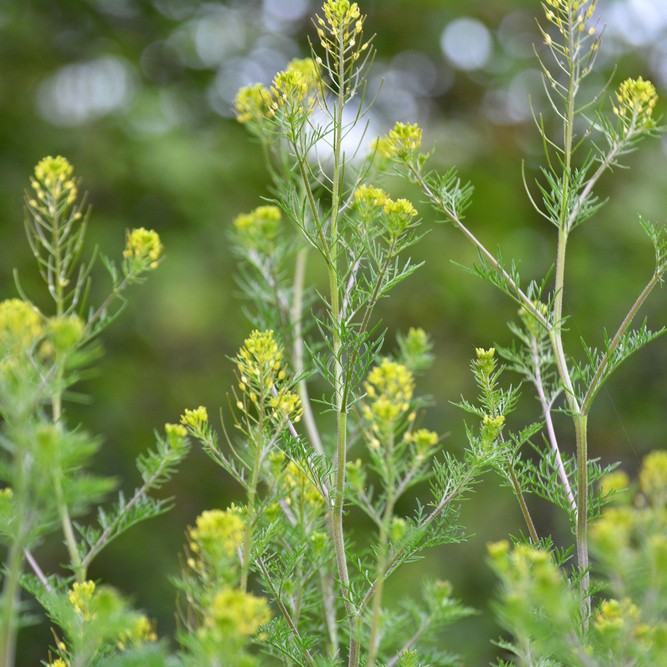
- Image 2: A flixweed plant in full bloom, with its yellow flowers clustered together.

- Image 3: A flixweed plant with its seed pods, which are small and brown.

- Image 4: A field of flixweed plants, with their yellow flowers swaying in the breeze.
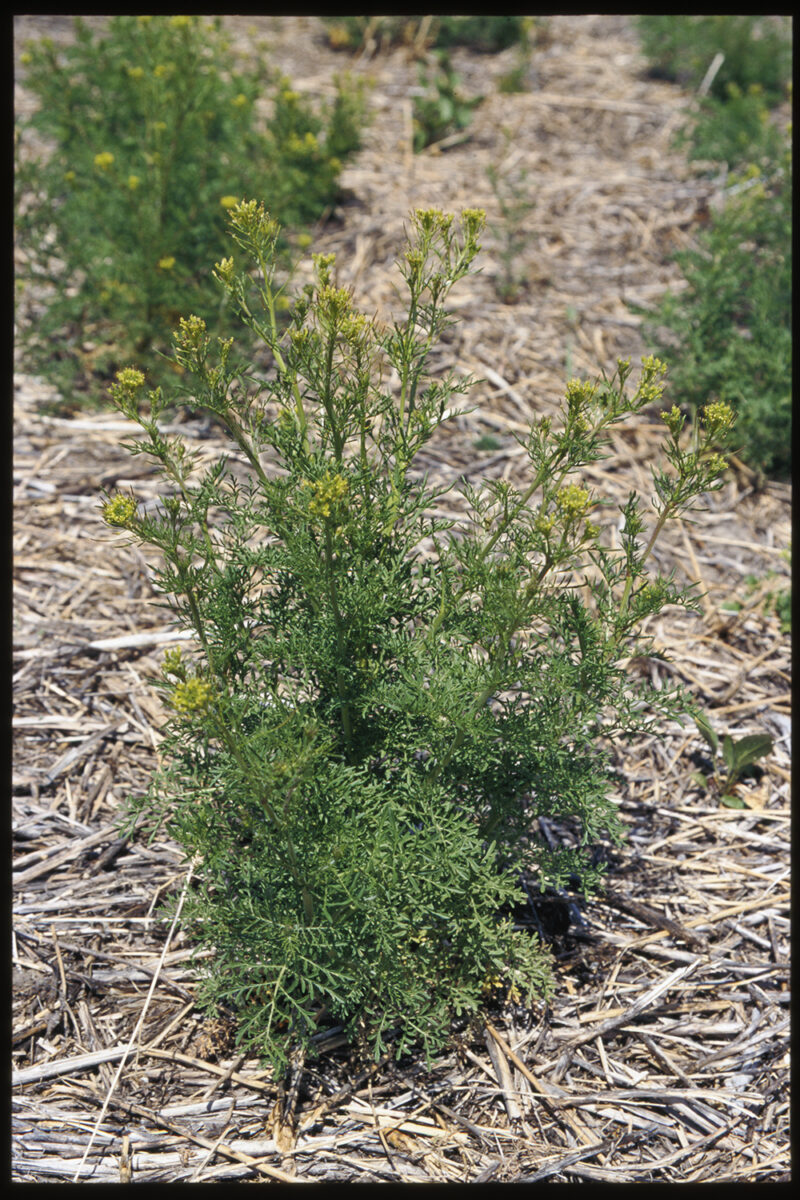
- Image 5: A flixweed leaf, showing its serrated edges and green color.
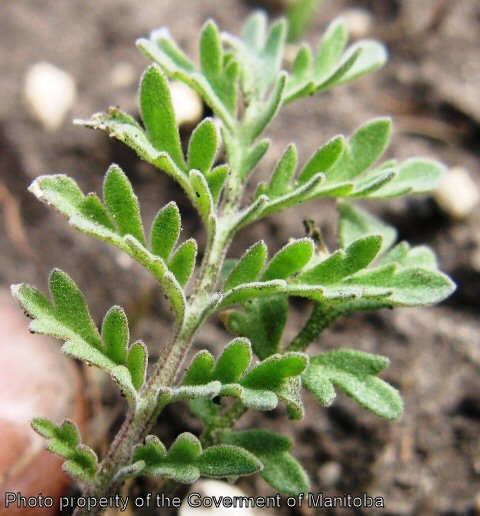
- Image 6: A flixweed stem, showing its thin, wiry appearance.
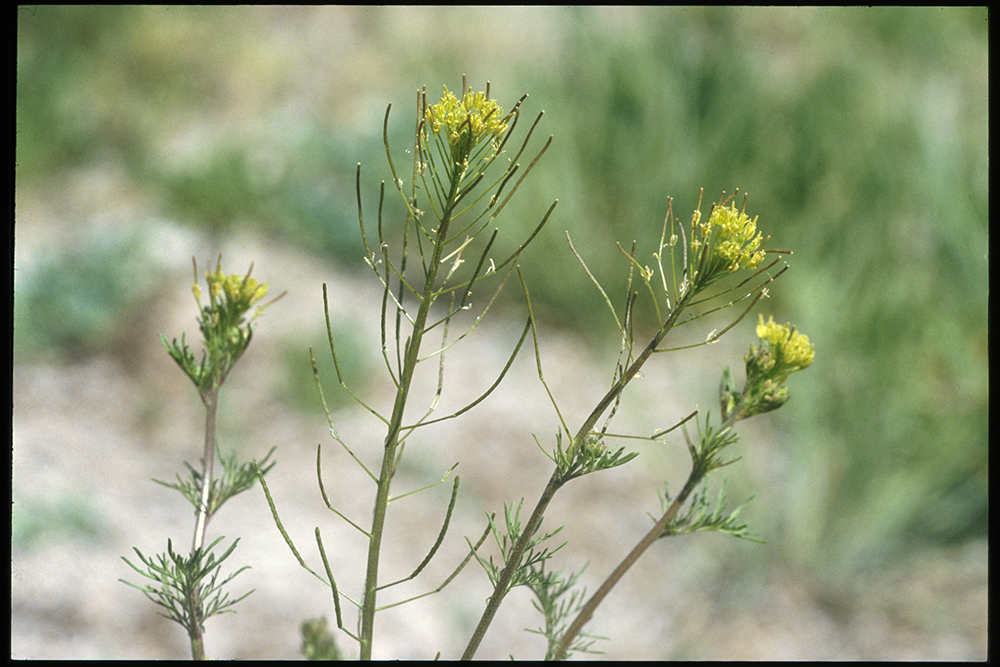
- Image 7: A flixweed root, which is thick and white.
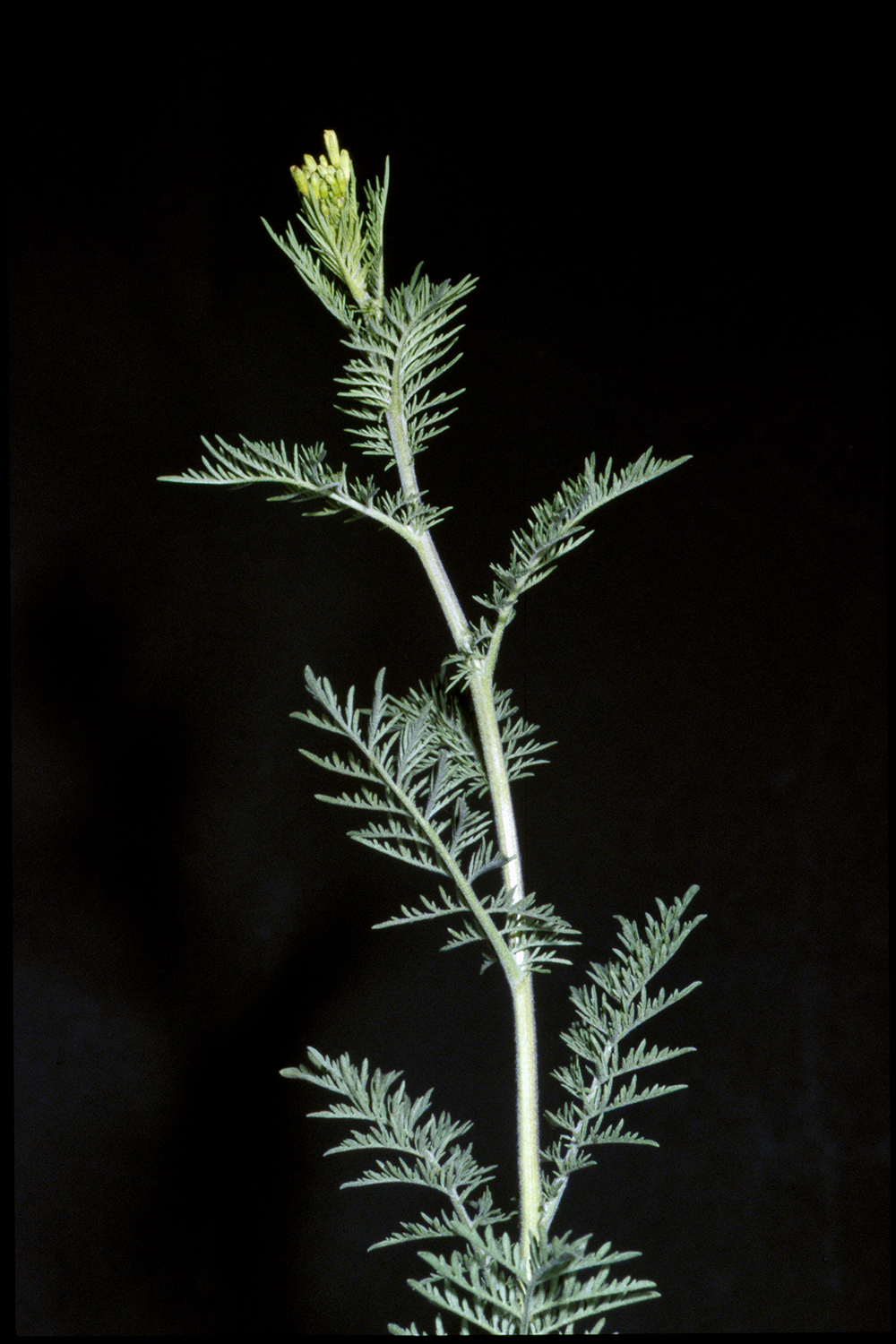
- Image 8: A flixweed seed, showing its small, brown size.
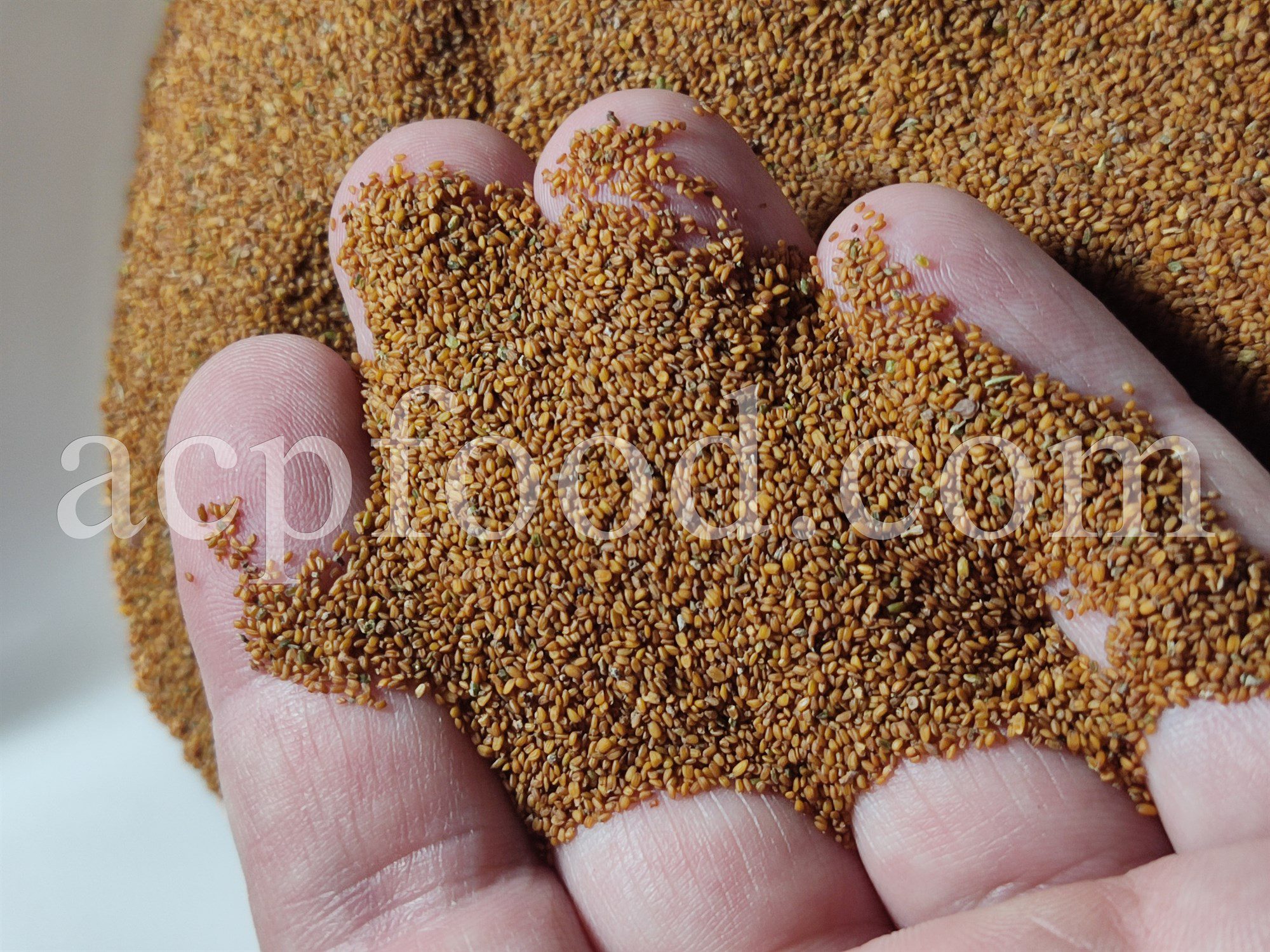
- Image 9: A flixweed plant in a pot, with its yellow flowers and green leaves.

- Image 10: A close-up of a flixweed seed pod, showing its brown color and small size.
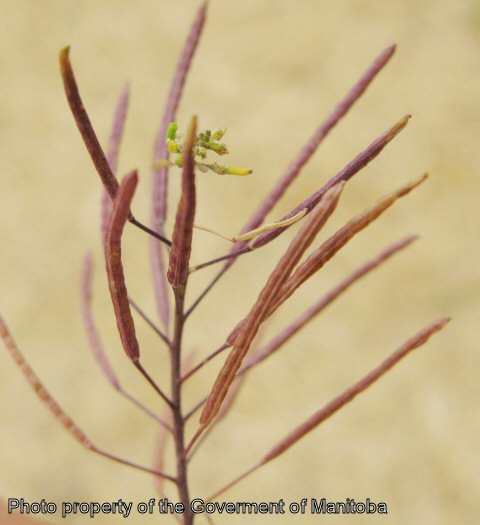
Post a Comment for "Flixweed: The Vigorous Weed That's Also A Powerful Remedy"